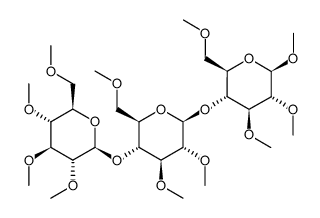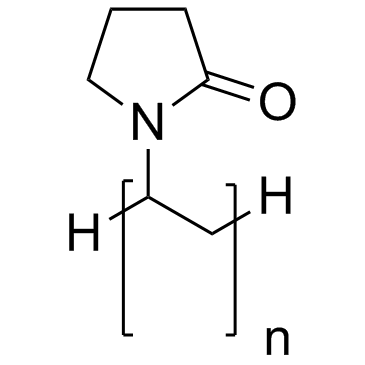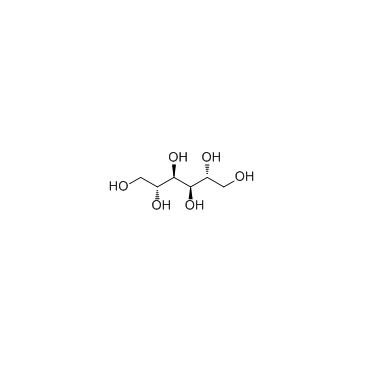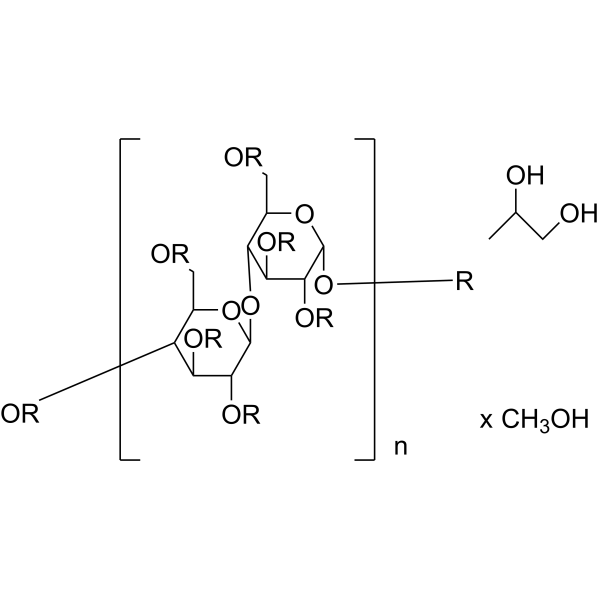| Structure | Name/CAS No. | Articles |
|---|---|---|
 |
methyl cellulose
CAS:9004-67-5 |
|
 |
Polyvinylpyrrolidone
CAS:9003-39-8 |
|
 |
D-Mannitol
CAS:69-65-8 |
|
 |
Hydroxypropyl Methyl Cellulose
CAS:9004-65-3 |
|
 |
Lactose
CAS:63-42-3 |